Chikankari is a traditional embroidery art form originating from Lucknow, India, dating back over 400 years. It involves intricate and delicate hand embroidery, typically done with white thread on fine muslin or cotton fabric. The designs often feature floral motifs, paisleys, and intricate patterns like ‘jaali’ (net) and ‘phanda’ (knot). Chikankari requires meticulous skill and precision, with artisans sometimes taking weeks or even months to complete a single piece. This timeless craft not only showcases exquisite craftsmanship but also reflects the cultural heritage and artistic traditions of India. Chikankari sarees are prized for their elegance, lightweight feel, and ability to blend traditional charm with contemporary fashion, making them a favorite choice for weddings, festivals, and special occasions.
To begin with, the art of Chikankari in India is about 400 years old. It is believed that this is a Persian craft, which was introduced by Noor Jehan, wife of the Mughal Emperor Jahangir. Further, Chikankari embroidery features multiple patterns and designs of muree, lerchi, keelkangan and bakhia.
Techniques like Chikankari or chikan embroidery demand focus and discipline throughout execution. There are 32 different Chikankari embroidery stitches. The five fundamental Chikankari stitches that are often used are Phanda, Jaali, Tepchi, Murri, and Bakhia. Chikankari is often crafted on high-quality fabrics like muslin, silk, or georgette. The choice of premium materials enhances the overall aesthetic. It also ensures the long life of the garment crafted with the elegant art piece.
To spot genuine Chikankari, look for handcrafted imperfections, precise threadwork, delicate fabrics, natural dyes, messy reverse sides, and higher prices.

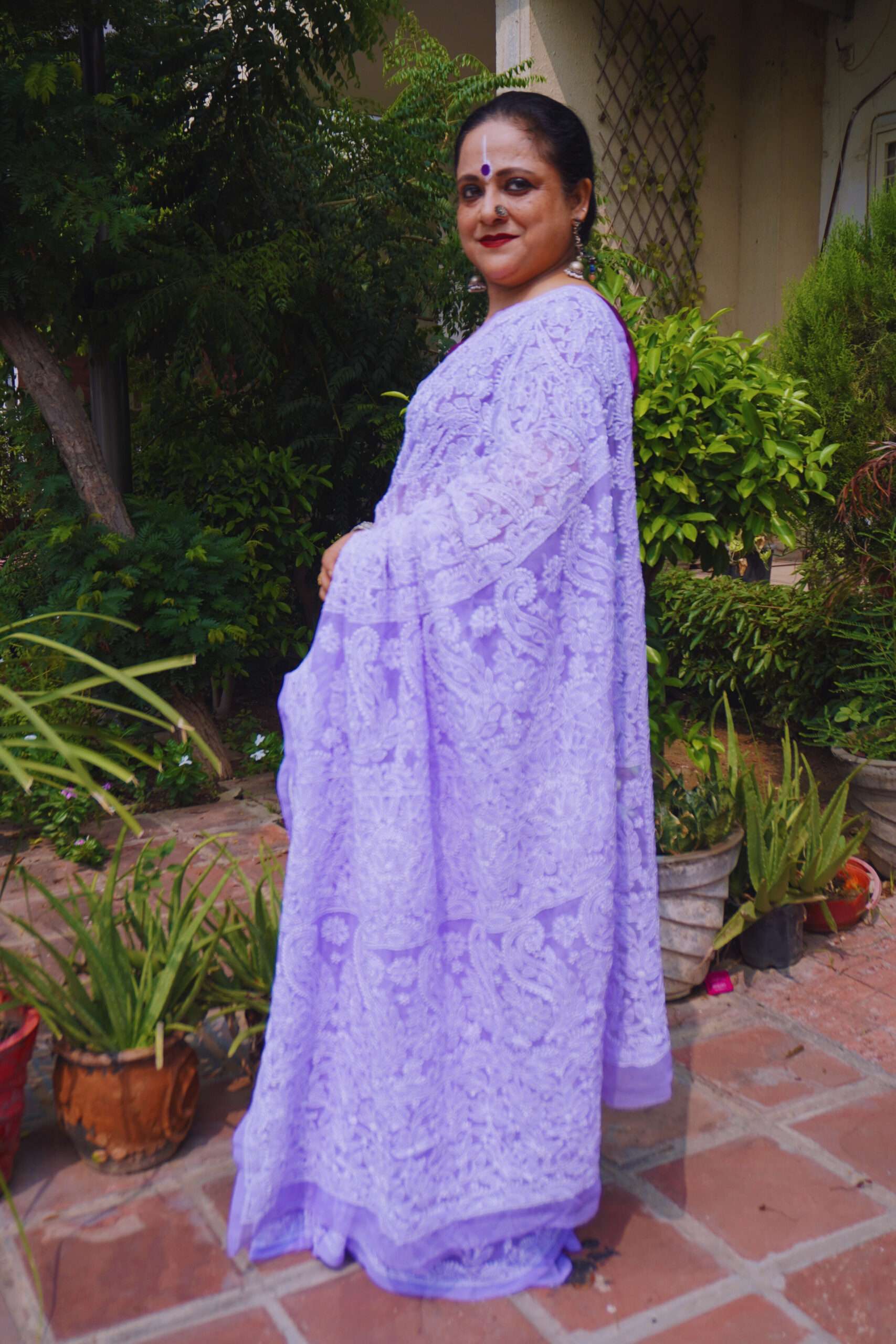
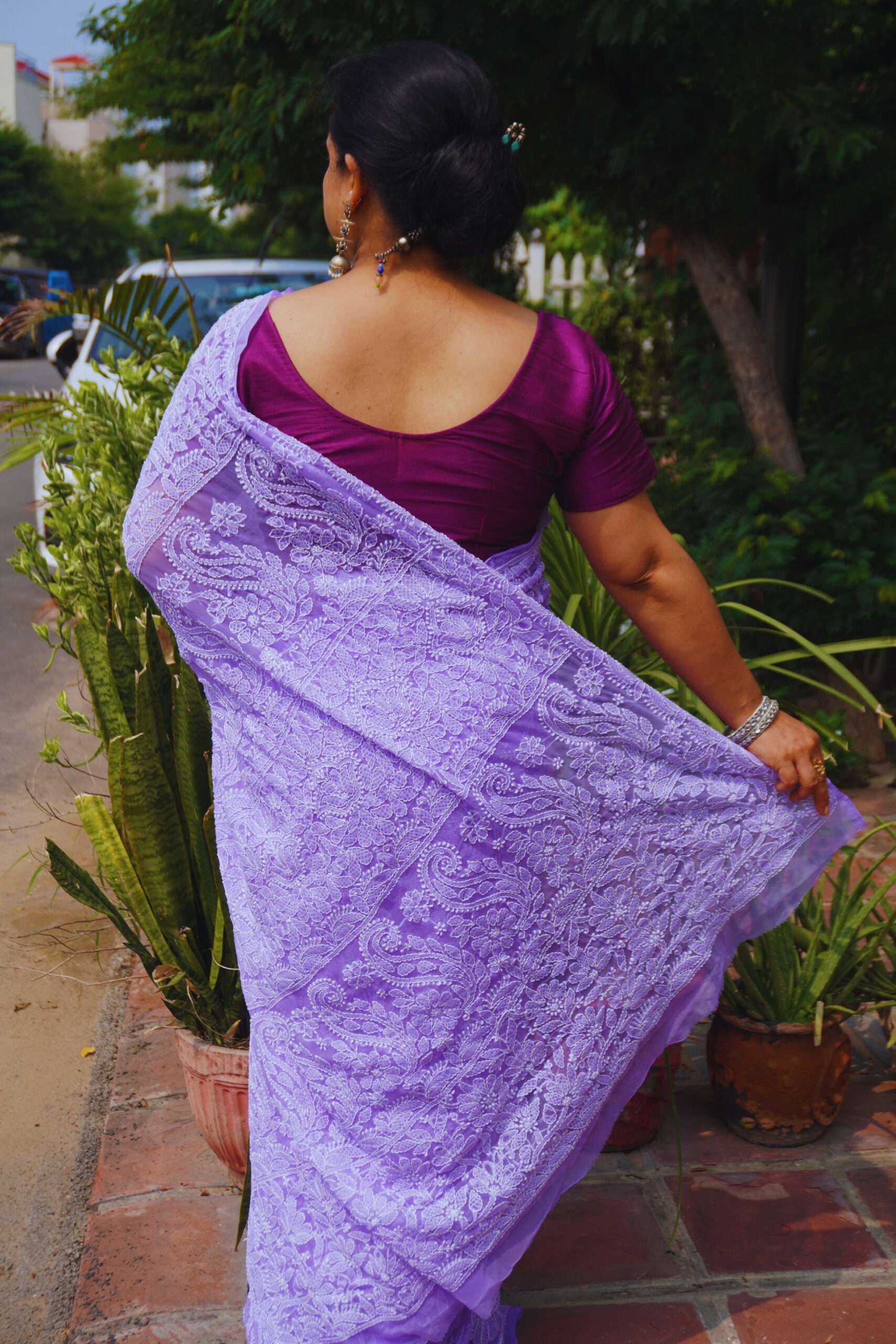


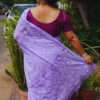


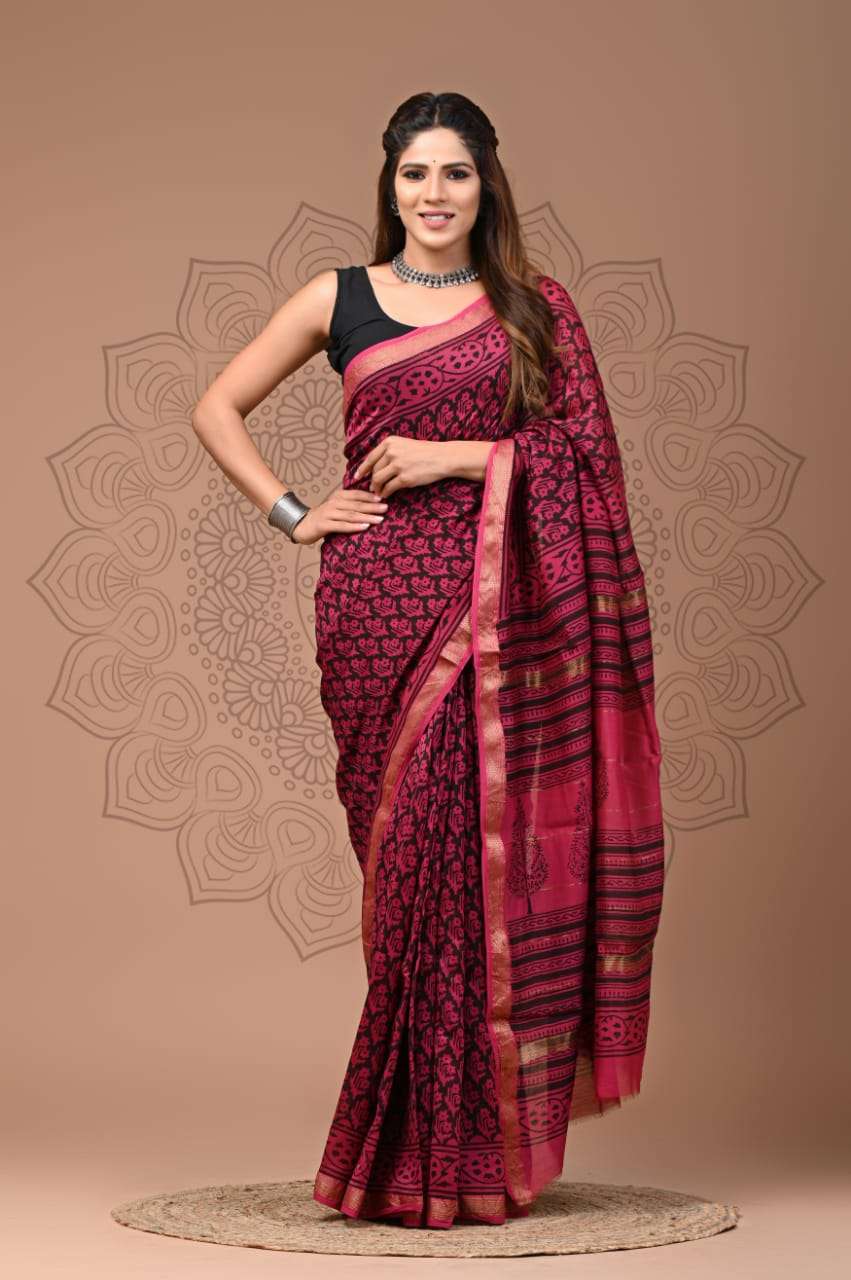
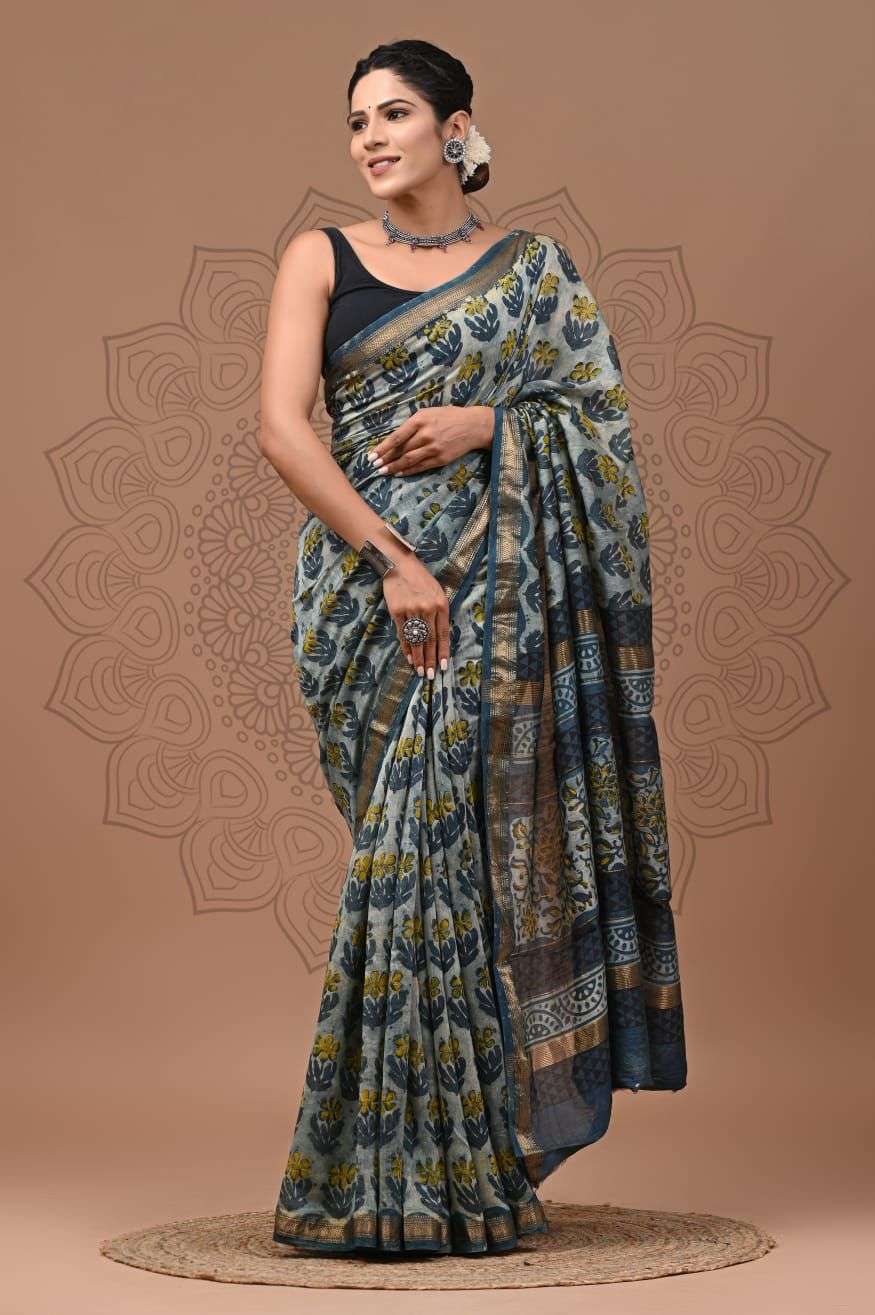
Reviews
There are no reviews yet.